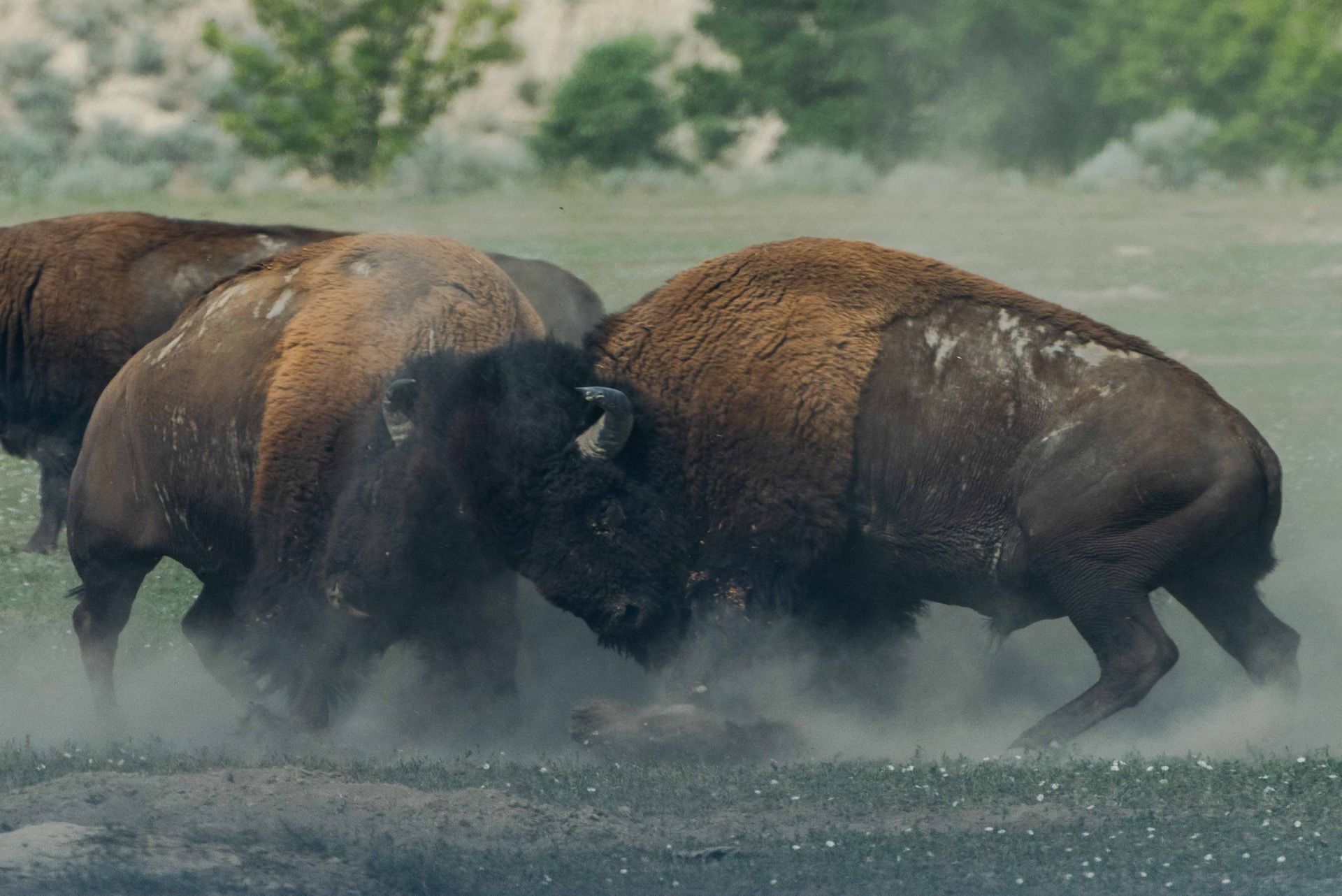The Role of Conflict in Storytelling: How to Create Tension and Keep Your Readers Hooked
Conflict is a crucial element in storytelling. It creates tension and keeps the readers engaged by providing a sense of urgency and a reason to keep reading.

Conflict is a crucial element in storytelling. It creates tension and keeps the readers engaged by providing a sense of urgency and a reason to keep reading. In this blog post, we'll explore the role of conflict in storytelling and how to create tension to keep your readers hooked.
- Types of Conflict There are several types of conflict that can be used in storytelling, including:
- Man vs. Man: This is a conflict between two or more characters.
- Man vs. Nature: This is a conflict between a character and their environment.
- Man vs. Society: This is a conflict between a character and the norms, values, or beliefs of society.
- Man vs. Self: This is a conflict within a character's own mind or emotions.
- Why Conflict is Important Conflict is important because it creates tension and provides a reason for the story to exist. Without conflict, there is no reason for the characters to take action, and the story becomes stagnant. Conflict also helps to reveal the characters' motivations, strengths, and weaknesses, making them more relatable and engaging for the readers.
- How to Create Conflict To create conflict, you need to introduce an obstacle or challenge that the characters must overcome. This obstacle should be significant enough to create tension and drive the story forward. The conflict should also be related to the characters' goals and motivations, as this will create a sense of urgency and a reason for the readers to care about what happens next.
- How to Maintain Tension Once you have established the conflict, it's important to maintain tension throughout the story. This can be done by:
- Raising the stakes: Make the consequences of failure more severe as the story progresses.
- Adding new obstacles: Introduce new challenges or setbacks to keep the characters from achieving their goals too easily.
- Increasing the complexity: Make the conflict more nuanced and difficult to resolve as the story progresses.
- Using pacing: Vary the pacing of the story to create moments of intensity and moments of calm.
In conclusion, conflict is a crucial element in storytelling. It creates tension and provides a reason for the story to exist.
To create conflict, you need to introduce an obstacle or challenge that the characters must overcome, and maintain tension by raising the stakes, adding new obstacles, increasing complexity, and using pacing. By mastering the art of conflict, you can create compelling and engaging stories that keep your readers hooked.


